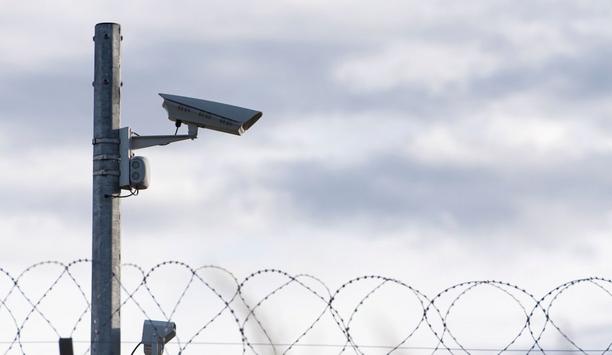 |
| Security costs range far beyond the cost of security technology and security officer salaries |
In 2011, a survey by the Security Executive Council’s Security Leadership Research Institute (SEC-SLRI) found that security costs are often vastly underestimated.
The study, entitled “Corporate Security Organisational Structure, Cost of Services and Staffing Benchmark,” found that all companies define security costs differently. “For example, some companies attribute the cost of investigations to the Human Resources Department,” says Robert Hayes, chief security officer and managing director of the Security Executive Council (SEC). “But investigations are definitely a security cost.”
The difference between what a security department spends and the total cost of security can be enormous. “One large multinational company reported $3.5 million in security spending,” says Hayes. “We conducted an analysis across the company’s departments and locations and discovered that its total cost of security was actually $58 million.
Where to look for additional security spending
According to the SEC-SLRI study, security costs fall into four categories across all corporate departments and locations. The categories are employees, assets, losses and investigations. Each category also includes related operating or variable expenses.
According to the SEC-SLRI study, security costs fall into four categories across all corporate departments and locations. The categories are employees, assets, losses and investigations. Each category also includes related operating or variable expenses.
Employee security expenses include the operating costs of verifying the background of newly hired employees, travel alert services, workplace violence programs and building and maintaining employee awareness of security.
In 2011, a survey by the Security Executive Council’s Security Leadership Research Institute (SEC-SLRI) found that security costs are often vastly underestimated |
Securing assets, also classified as operating costs, involves alarm and video surveillance systems, badging and access control systems, perimeter fencing, outdoor lighting, security officers and other security department personnel.
Loss expenses vary, of course. Those costs include insider theft, external theft, and cyber-crime and compromised network technology.
Then comes the variable costs of investigations, legal counsel and human resources. As you analyse these costs, don’t forget to include the underlying salaries and office equipment costs that support security.
The goal is to gain an understanding of the total cost to your enterprise for all security issues, regardless of which department or location is actually spending the money.
The total cost of security rationalises budget management
Security directors who can wrap their arms around the total cost of security gain advantages when it comes to reducing waste, supporting underfunded efforts and making appropriate cuts when the economy slumps.
An experienced security director can identify spending that fails to deliver security benefits better than departmental managers, making it easier to reduce security spending by eliminating waste without reducing security.
“When you add up your total cost for security officers, you may find that a national outsourcing contract would save money,” Hayes says. “The same is true for volume purchases of materials. “There is another level to this as well. How much are you losing in theft, shipping claims, damage to products and equipment? How much are you losing to Worker’s Compensation fraud? Security is responsible for mitigating those costs. But that can’t happen if those funds remain outside of the security department’s reach.”
Similarly, an experienced eye can identify legitimate security needs that have been underfunded for one reason or another. Redirected wasteful spending can, of course, help shore up these areas.
Equally important, a grasp of total security spending helps security directors reduce security spending wisely when the economy slumps. “Downturns raise risk management issues,” Hayes says. “When you cut security costs, you accept more risk. An understanding of total security costs enables you to avoid making your organisation more susceptible to burglaries, insider thefts and other unacceptable risks.”
For more information on total cost of security, “Discovering the Total Cost of Security to the Enterprise” is available online at the Elsevier Store.









































